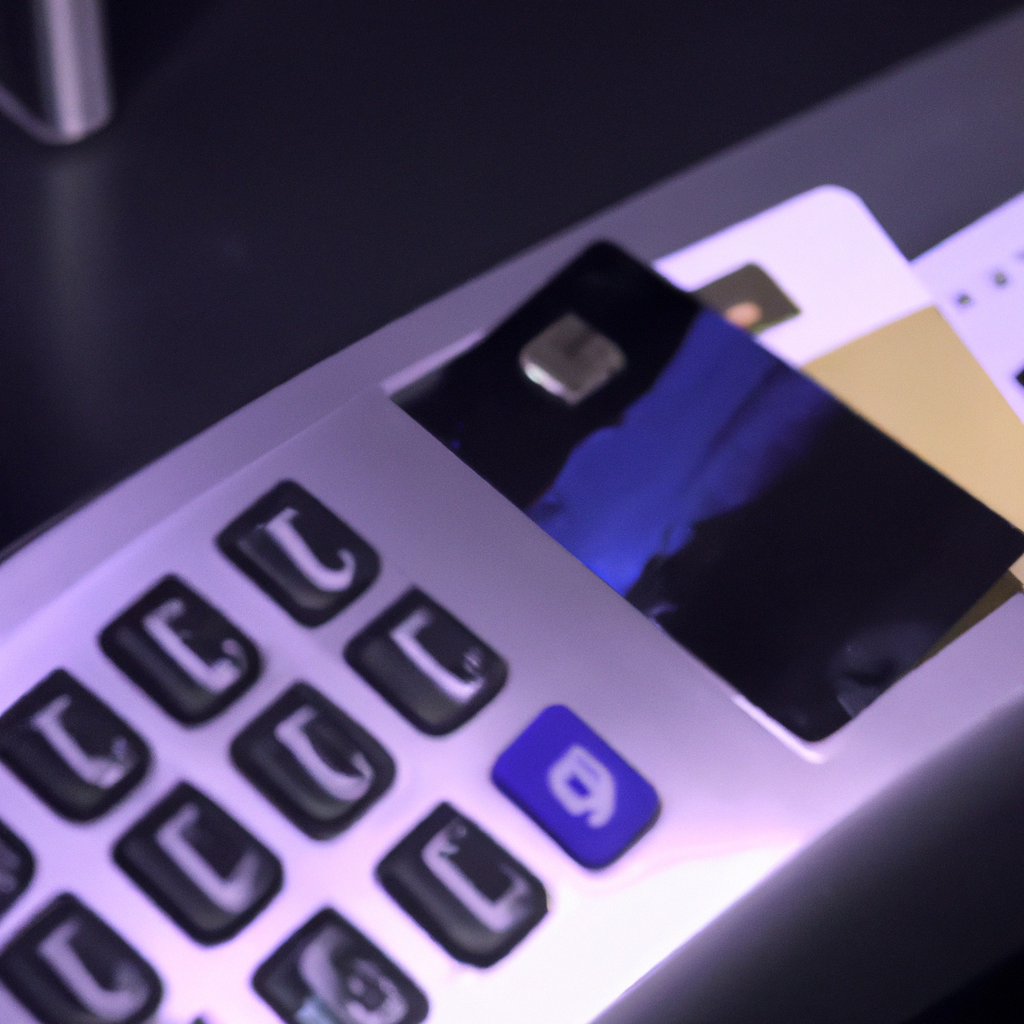When you swipe your credit card at a store, you may not think about the complex process that occurs behind the scenes to authorize and process your transaction. Credit card machines, also known as point-of-sale (POS) terminals, are essential tools for merchants to accept credit and debit card payments. In this article, we will explore how a credit card machine processes payments, including the role of merchant services and transaction authorization.
Step 1: Swiping, Inserting, or Tapping the Card
The first step in the payment process is for the customer to swipe, insert, or tap their credit or debit card into the credit card machine. This action initiates a communication between the machine and the customer’s card.
Step 2: Data Transmission
Once the card is inserted, the credit card machine reads the data stored on the magnetic stripe or chip of the card. This data includes the customer’s account number, expiration date, and other relevant details. The machine then sends this information to the payment processor.
Step 3: Payment Processor
The payment processor is a third-party company that acts as a bridge between the merchant and the customer’s bank. It is responsible for verifying the customer’s account information, checking for available funds, and approving or declining the transaction. Merchant services also come into play at this stage, as they provide the merchant with the necessary tools to accept and process payments.
Step 4: Authorization Request
After receiving the customer’s account information and transaction details, the payment processor sends an authorization request to the customer’s bank. This request includes the amount of the transaction, the merchant’s information, and the customer’s account details. The bank then checks the account for available funds and either approves or declines the transaction.
Step 5: Transaction Authorization
If the customer’s bank approves the transaction, it sends an authorization code back to the payment processor. This code confirms that the transaction is authorized and that the merchant can proceed with the sale. The payment processor then sends the authorization code to the credit card machine, which displays it on the screen.
Step 6: Completion of Sale
With the authorization code in hand, the merchant can now complete the sale. The credit card machine prints a receipt that the customer signs, and then the merchant submits the transaction for settlement. Settlement is the process of transferring funds from the customer’s bank to the merchant’s bank account. Settlement can take anywhere from a few hours to a few days, depending on the payment processor and the banks involved.
In conclusion, credit card machines are essential tools for merchants to process credit and debit card payments. The payment process involves several steps, including data transmission, payment processing, authorization request, transaction authorization, and completion of sale. Merchant services also play a crucial role in providing merchants with the tools they need to accept and process payments. By understanding how credit card machines process payments, merchants can ensure that they are providing a seamless and secure payment experience for their customers.







